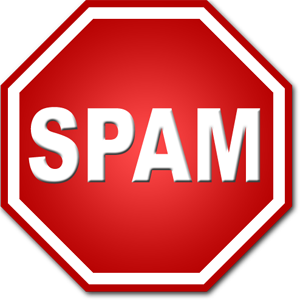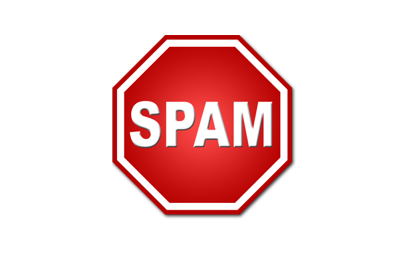You may have noticed of late, especially if your business relies on sending many emails, that some are being rejected by the recipient's server for one reason of another.
If this happens to you, first, ensure that you typed a legitimate email address, and if you did, confirm that you have followed the simple rules below to reduce the 'spaminess' of your emails.

Use a robust client
Certainly, you could sign into icloud.com, gmail.com, yahoo.com, outlook.com, or even Rackspace webmail, and these should format your email correctly. But why not use Apple Mail or an approved App for your email provider for a more feature rich and reliable experience?
Format your email properly
Use a modern email provider such as Apple (@icloud / @me), Google (@gmail), or a reputable host for your domain such as Rackspace or Microsoft Exchange. These providers know that your email must arrive reliably and follow formatting standards that lesser known providers might not. If most people have not heard of your email provider, chances are, you are putting your business at risk of having shoddy communication reliability.
Choose your words carefully
Your subject line should be a full sentence, on topic, formatted with normal capitalization and spacing:
Touching base about the application – is a good subject line.
~•°•~ P L E A S E fOlLoW thru XOXO! – is cute but it is not a good subject line.
Your greeting should be to the person you're sending the email to and not the generic Nigerian fortune greeting of To whom it may concern or Dear sir / madam
As in the subject line rule above, don't get fancy with your usage of special characters in the main body of the email as substituting characters is a common way spammers try to bypass keyword checkers (We've all received the fake v|agr@ emails).
Mentioning common spam topics such as the aforementioned blue pill (no prescription needed!), certain luxury items (for cheap!), and even the word 'spam' may cause your email to be flagged as such.
Be careful with links!
1 – Only include links that go to known, safe websites. If you send an email with a link to a blacklisted website, one that has been scanned by Google and confirmed to host malware, your email may be rejected (or marked as spam) by any number of servers as being malicious itself!
2 – Links should be in the form of text: www.apple.com/watch/ and never an IP address. You shouldn't click on a random string of numbers and shouldn't expect anyone else to.
3 – Do not send shortened URL's such as you might create using any number of helper websites. Some email providers will reject emails containing shortened links simply because they are suspicious.
All about attachments
Attach only a few images and files and if you are going to need to send more than a few, put them in Dropbox and email a link instead.
Name your attachments sensibly: errormessage.jpg is not only less suspicious as potential spam, but it also makes the life of the recipient easier than Screen Shot 2015-04-30 at 5.22.38 PM.jpg.
Additional rules for large volume email senders
If you are planning to send mass emails (to dozens, hundreds, or thousands of addresses) use a provider that is equipped to do so such as mailchimp. Doing this from your gmail, Rackspace, Exchange, or just about any 'normal' email provider is a sure way to get your account suspended or closed.
ALWAYS have an 'unsubscribe' method in place. It doesn't have to be a scripted link that does this automatically. It can be a reply-to email address that an actual human receives and handles the request via.
Keep your website up-to-date and professional. Nothing screams spam like a non-existant website or one that looks like an infant assembled it with finger paint.

